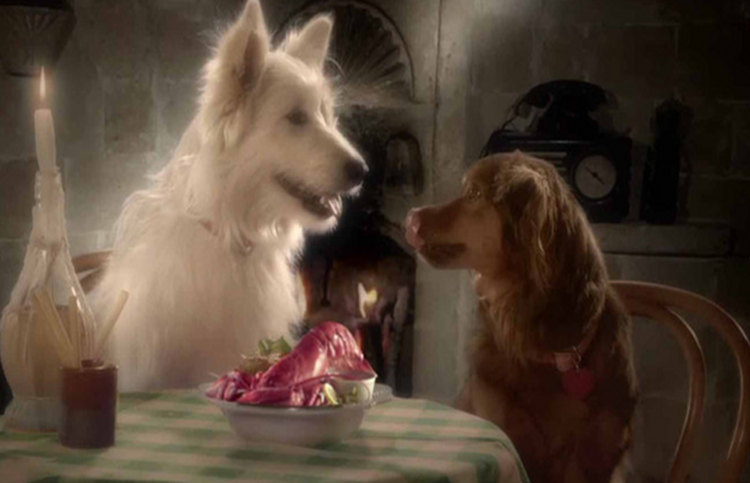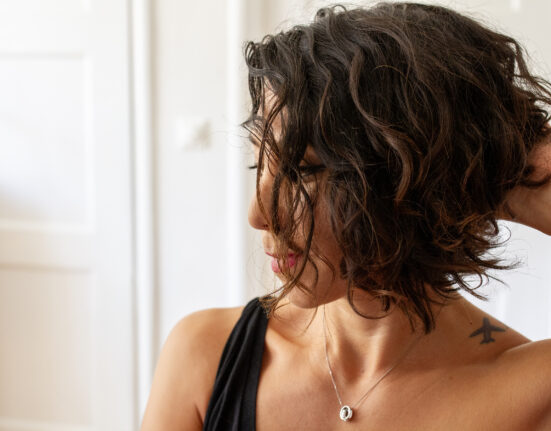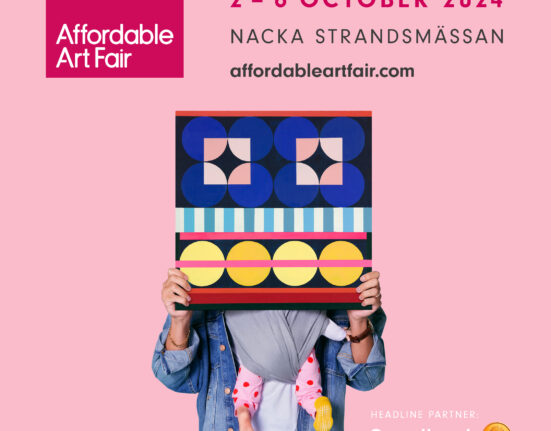It IS Valentine’s Day “Alla Hjärtans Dag”. And you’re in Sweden. So what are the Swedish equivalents of honey, doodley-bear, and schmuck-ums? YLC has your ultimate guide to sweet-talk, Swedish style.
Älskling
From “älska”, to love. Equivalent to darling, honey. One of the most common terms of endearment in Swedish. But if you haven’t made it yet to Those Three Words, hold back from this one – as it does imply love. Pronounced “ehl-skling“.
Raring
Less common than älskling, slightly more old-fashioned perhaps, but still common. Sweetheart, dear one. “Raar-ing“, make sure to roll that middle r and don’t get it stuck in your throat. You’re in love, you’re not a tiger! (No rawrs!)
Käraste
Literally “dearest”. Pretty self-explanatory. Remember, the k makes a ‘sh’ sound here, so it’s pronounced “sher-a-steh“.
Hjärtat
This literally means “the heart”, and is another common term of endearment you can use with your significant other or a very close friend. “Yair-taht“.
Mitt hjärta, min skatt, mitt liv, mitt allt
Bring on the drama and romance. “My heart, my treasure, my life, my everything”. (Choose one, don’t pile them on all at once. Unless you’re about to propose.)
Gumman/gubben
Gumman technically means old lady, and gubben means old man. But as a petname, it’s cute! We promise. This is a common one to use among friends, as well – at least the female version. Female friends will frequently call each other gumman, and guys will use the word with girlfriends as well. Using gubben for a guy is less common however, so be warned – gubben is more frequently used in reference to a male pet, like a dog. “Gu-mahn“, “gu-bin“.
Sötis/sötnos
Sweetie, sweet, sweetiepie. “Soot-ees“, “Soot-nuhs“.
Goding
Tasty, in noun form. Use with discretion. “Goh-ding“.
Snygging
Hot, beautiful/handsome. Enough said. Remember to pucker your lips on that y. “Sneeg (pucker!) ing”













2 Comments